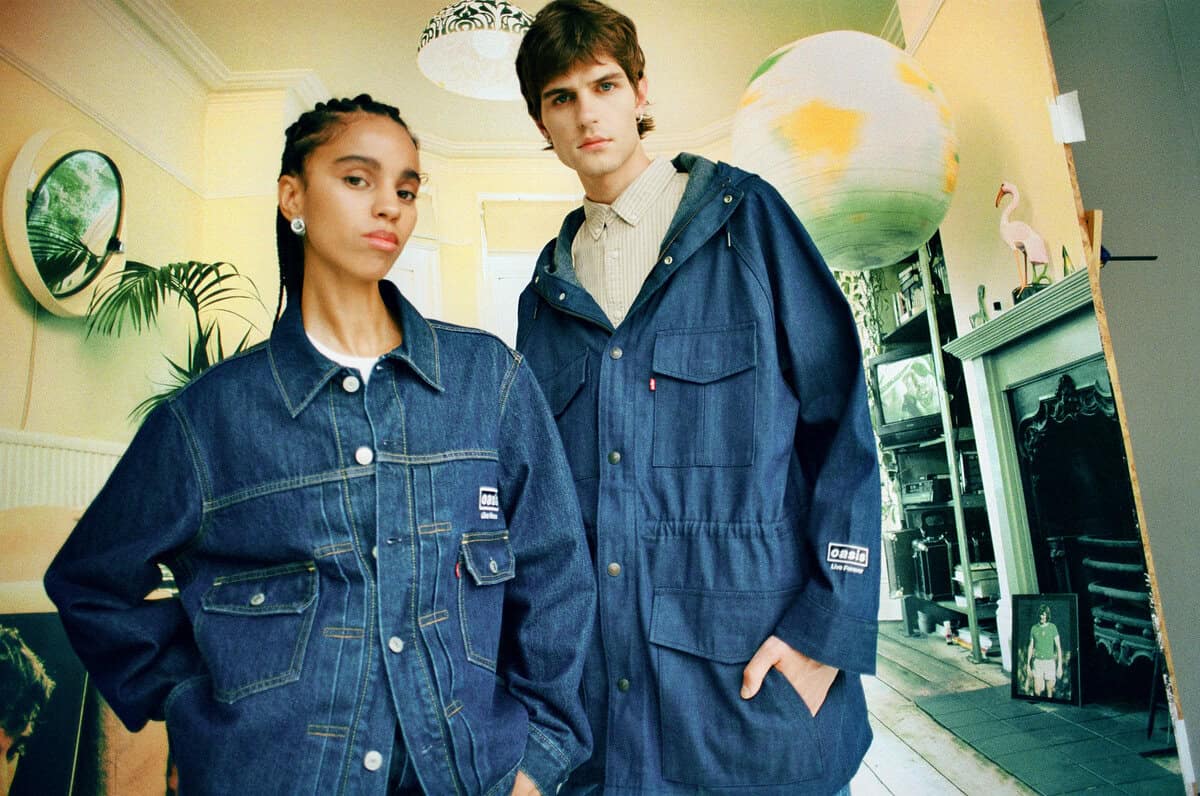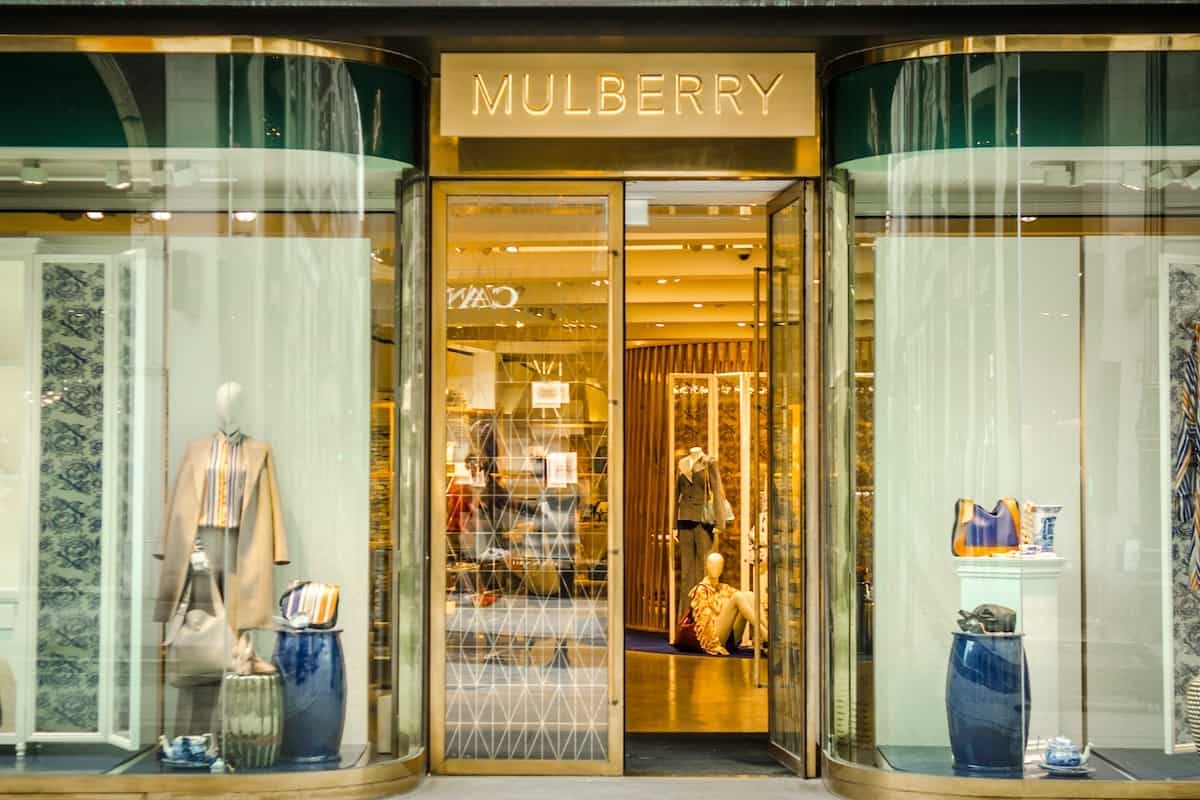It has been a summer of numbers: numbers that will have a huge impact on the retail space. 4G is tantalisingly close; the iPhone 5 is with us and iOS6 has also been launched. Paul Skeldon investigates their impact on retail.
Before you get irate that this is all very much Apple focussed, it isn’t. The iPhone 5 is a very prominent launch in the mobile commerce arena, while iOS6 also shows us some of the new ways that design gurus see us using our phones. But it doesn’t end with Apple. Windows 8 phones and tabs are about to hit the market, while the functionality of the iPhone 5 and iOS6 will also help shape how other handset makers develop their products.
Before we get into the impact of phones and OSs, one of the most significant things to hit m-retailing in the UK is the sudden announcement that 4G superfast networks are going to be rolled out in the key UK cities by the end of 2012 and more widely in 2013.
The move comes as more and more people are trying to use data rich services on smartphones and tablets on networks that simply aren’t up to the job. As has been written about countless times in MRetailing.net, network overload and poor coverage are really hampering what people want to do with their phones. And that hits retailers in the pocket – especially those that have invested extensively in mobile sites and apps to draw in consumers.
Spectrum for 4G was meant to be put up for auction in the spring of 2013, with the first services rolled out in early 2014. However, the telecoms regulator Ofcom decided to let Orange-T-Mobile – now known as Everything Everywhere, and rapidly becoming EE as people like me can’t be bothered to keep writing Everything Everywhere – could use some of its unused 2G spectrum to start running 4G services.
Of course, the other operators are up in arms – not least O2 which has been patiently trialling 4G dongles for laptops in London for six months – as they feel a march has been stolen and this will give EE an unfair advantage. Outside of the heady world of mobile operators, the rest of us should rejoice: 4G is soon to be here.
A study by mobile gambling company RoxyPlace.com, found that 89% of consumers were looking forward to the introduction of 4G (even though 24% admitted they actually knew what it did). What this shows is that consumers – even if they don’t get it – want better network connectivity. All that will hold it back will be the cost.
And the move to roll out 4G can’t come soon enough as 56% of UK phone owners own a smartphone and 21% a tablet. The majority of tablet owners browse and shop on thier device. This is why the launch of iPhone 5 and iOS6 is so significant. The iPhone 5 has sold more rapidly than any other handset in ‘history’ and iOS6 offers such a rich experience (as will Windows 8 when it comes out) that it is fundamentally changing how people use these devices and how they shop.
New research, conducted by Conlumino for eBay, shows that rather than speeding up the shopping process, new technologies will result in UK consumers spending nearly twice as long browsing, researching and comparing prices of items.
UK consumers currently spend approximately 1 hour 20 minutes, considering, researching and buying nonbasic items, such as fashion, items for their homes and gardens and electronics. The research predicts this will increase to around 2 hours 30 minutes by 2014.
The improved functionality of smartphones, like the iPhone 5, and rapid advancements in other digital technology is already resulting in more brands and retailers using new services like augmented reality to display and promote their products to consumers. This has the effect of lengthening the shopping process as consumers can try on items virtually or see how goods could look in their home. For example, eBay’s Fashion App includes image swatch technology which allows users to take a picture of a colour or fabric and search for a similar item.
Location-based mobile technology allows consumers to compare prices of items locally as they shop and enables retailers to target consumer with specific personalised deals, again providing more choice and extending the time spent by consumers researching and considering what to buy.
With more and more people now using a smartphone or tablet device, mobile shopping is going from strength to strength. Only last month eBay revised its forecast of global transactions through mobile from $8bn to $10bn in 2012.
But, this all puts an exponentially increasing load on mobile networks. 4G will offer some great speed and capacity enhancements that could ameliorate these issues – but not any time soon. And the demand from better devices is already starting to grow.
The answer, in the short term at least, would perhaps appear to be retailers rolling out in-store wifi to at least give consumers connectivity, but, as with the roads, the more capacity there is the more people will use it. Maybe what we need are some much bigger numbers when it comes to network capacity.




